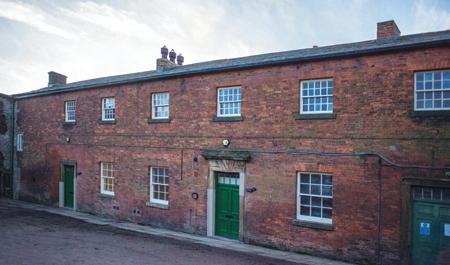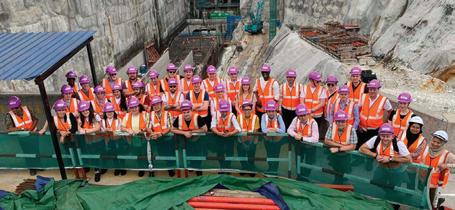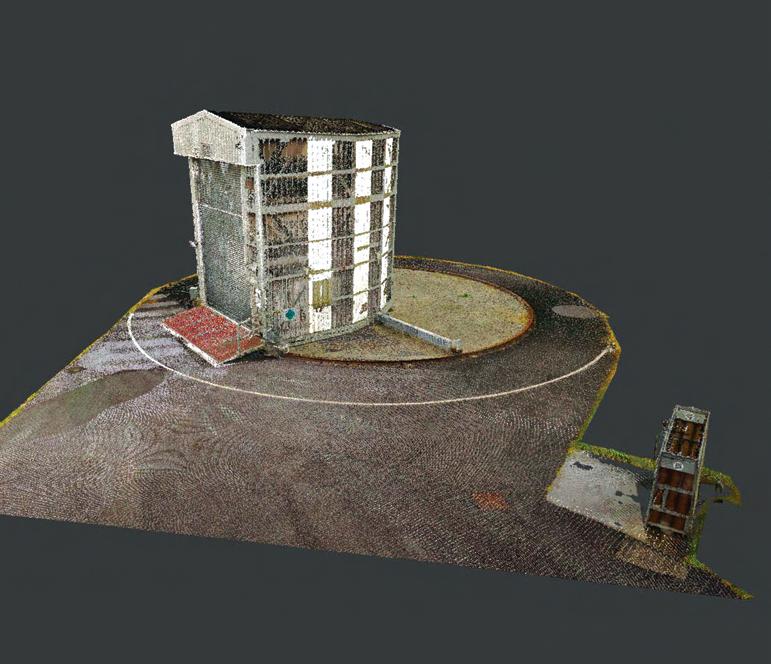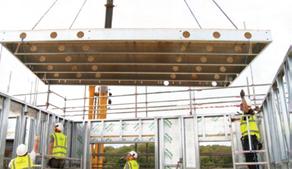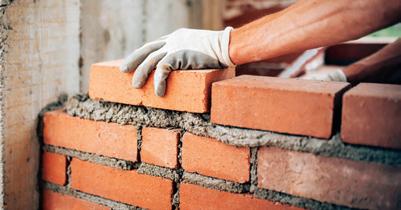news
constructionmanagermagazine.com
3,200
Material price inflation starts to falter
2015 Q2
120
115
110
105
100
2019 Q4
2019 Q1
2018 Q2
2017 Q3
2016 Q4
2016 Q1
2014 Q3
2013 Q4
95 2013 Q1
Concrete materials fall Analysis of the BEIS data shows costs for concrete reinforcing bars, on an annualised basis, have consistently fallen over the last 12 months (see chart 2). Within the last six months to January 2020 costs for concrete reinforcing bars have dropped 9.0%. Structural steel prices fell by 6.7% in the last six months following a volatile 18 months on global markets. This is partly in response to the high-profile trade wars between the US and China and an easing of global demand. As an indication of wider price softening, there has also been a sustained drop in price for imported wood materials. Plywood and sawn wood from outside the UK fell by 7% in the last six months. Some of this price softening may be attributed to sterling strengthening against the dollar. Kristoffer Hudson is an associate director at Turner & Townsend.
125
2012 Q2
impact will be affected by emerging threats and volatility caused by the impact of coronavirus on global supply chains and the developing position that the UK takes on Brexit trade deal negotiations.
New housing
2011 Q3
Rising costs for UK materials have started to tail off for the first time in three years, according to quarterly analysis of latest data from the Department of Business, Energy and Industrial Strategy (BEIS). The rate of inflation faltered in the last quarter of 2019, with the ‘all work’ material price index decreasing by -1.4% on the quarter and -0.5% on the previous year (see chart 1). Specific analysis shows inflation within the residential sector falling at a lower level than the overall average for all materials, as a rate of -1.2% on the quarter and -0.2% on the year. Longer-term tracking indicates the important role housing material inflation has played as a driver behind the index as a whole over the past few years – with the cost of these components increasing 10.6% since Q2 2015, compared to 8.9% for other new work. Expectations of a boost in construction demand – and subsequently, material costs – have risen on the back of government commitments to spend more on infrastructure as part of its ‘levelling up’ agenda. However, the short-term
Other new work Index 2010 = 100 Repair and maintenance All work
2010 Q4
Turner & Townsend economist Kristoffer Hudson starts a new monthly column with CM, looking at key economic indicators from around the construction industry. This month, he focuses on materials costs
Chart 1. BEIS construction materials price indices
2010 Q1
Data
Jobs set to be saved at British Steel after a takeover by Jingye Group in March. Hundreds of employees could still lose jobs under a £1.2bn turnaround programme.
Chart 2. Weakest performing materials prices, six months to Jan 2020 Percentage change (%) 0
-2
-4
-6
-8
-10 Concrete reinforcing bars
Imported sawn wood
Imported plywood
Structural steel
Metal sanitaryware
Source: BEIS – Department for Business, Energy & Industrial Strategy
News in numbers
450
Government contracts held by Carillion on entering administration. A damning report from the Institute for Government in March said few lessons have been learnt to prevent a repeat of the crisis.
£25,600 27,000 £200bn Proposed salary threshold for workers from abroad seeking work after the UK leaves the European Union, raising concerns over labour availability.
Number of built environment professionals due to attend MIPIM in Cannes in March, prior to the event being postponed due to coronavirus.
The additional expenditure needed to tackle regional inequality across the UK. The final report from the UK2070 Commission calls on the government to “go big or go home”.
10 | construction manager april 2020
10.CMApril20.data_sc.indd 10
17/03/2020 11:55


